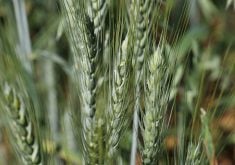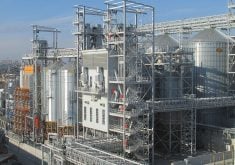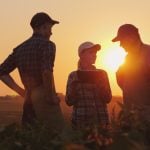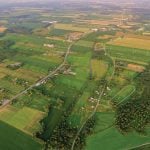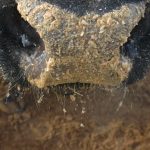CHICAGO, Ill. (Reuters) — The U.S. government has raised its pork production forecast for the year ending September 2015.
It shows pork surpassing beef for the first time since 1952 as hog farmers rapidly recover from a deadly pig virus.
The U.S. Department of Agriculture, in its monthly World Agriculture Supply and Demand Estimates (WASDE), raised the commercial pork production forecast for 2015 to 23.9 billion pounds.
That is a 2.6 percent increase from last month’s data and a five percent production increase from 2014.
The USDA projected 2015 beef output at 23.8 billion lb., with a marginal upward increase from the September report and a 2.3 percent decline from last year’s production.
Read Also
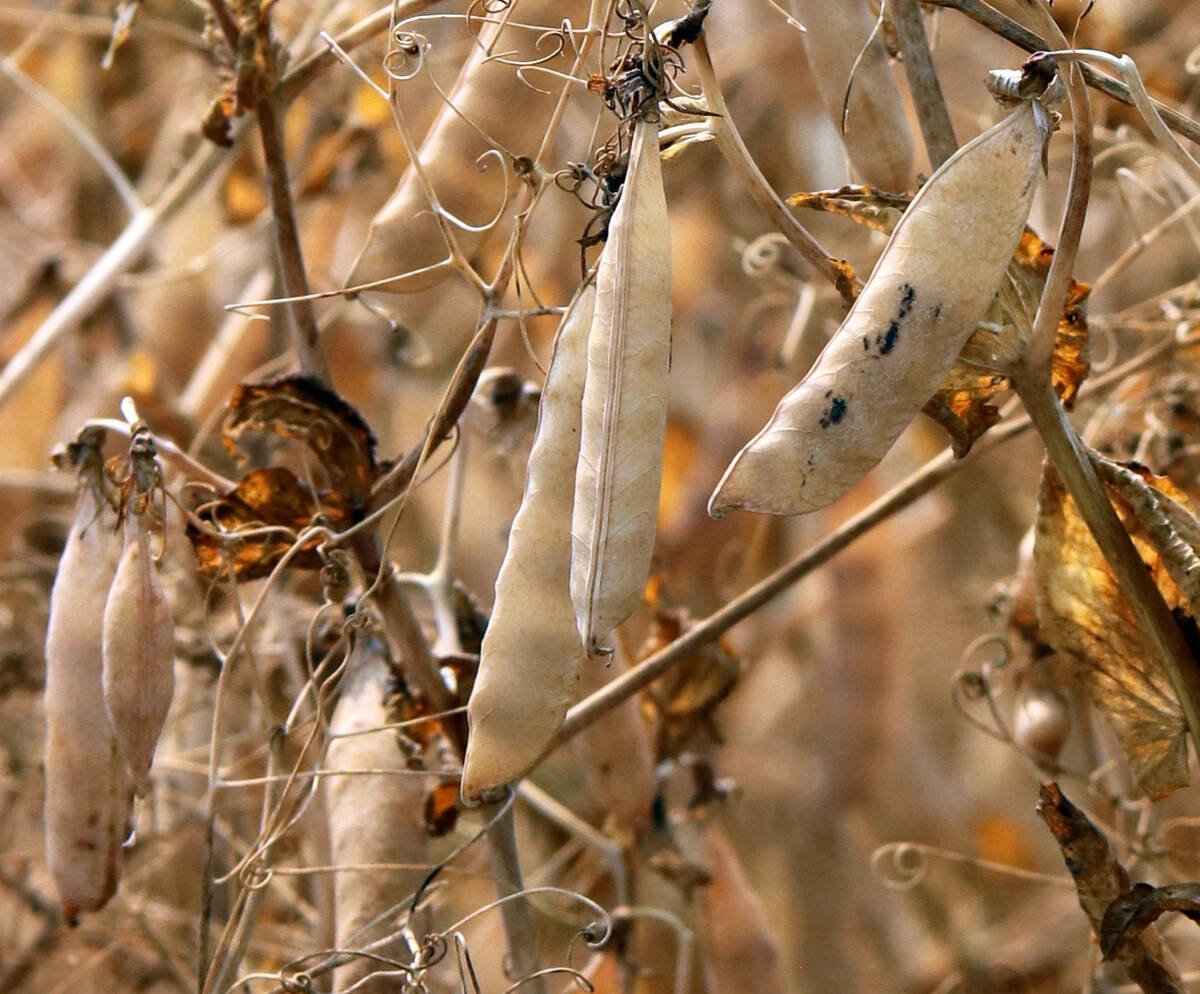
Trump’s tariffs take their toll on U.S. producers
U.S. farmers say Trump’s tariffs have been devastating for growers in that country.
Pork producers’ sooner-than-expected improvement from the porcine epidemic diarrhea virus will result in more hogs in 2015, said USDA and market analysts.
Hogs will become readily available as farms largely unaffected by the virus expand their herds, thanks largely to high-priced hogs and low-cost feed, analysts said.
On the other hand, it will take at least two years, which is the time for a calf to reach slaughter weight, before cattle producers can expect a turnaround in the U.S. herd from a 63-year low after several years of drought damaged crops.
The WASDE data is catching up to the agency’s quarterly hog report in September, said Purdue University livestock economist Chris Hurt.
September’s hog data reflected herd growth based on increased litter sizes and more sows that will give birth, said Hurt.
Affordable feed should to allow producers to feed hogs heavier, which should increase tonnage and offset production losses tied to PED.
“(PED) just was not as extreme during the summer months as some had anticipated,” said Hurt.






